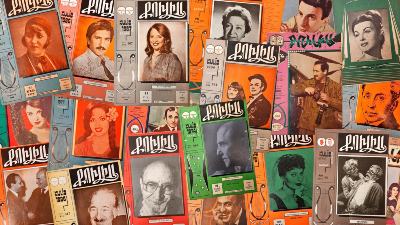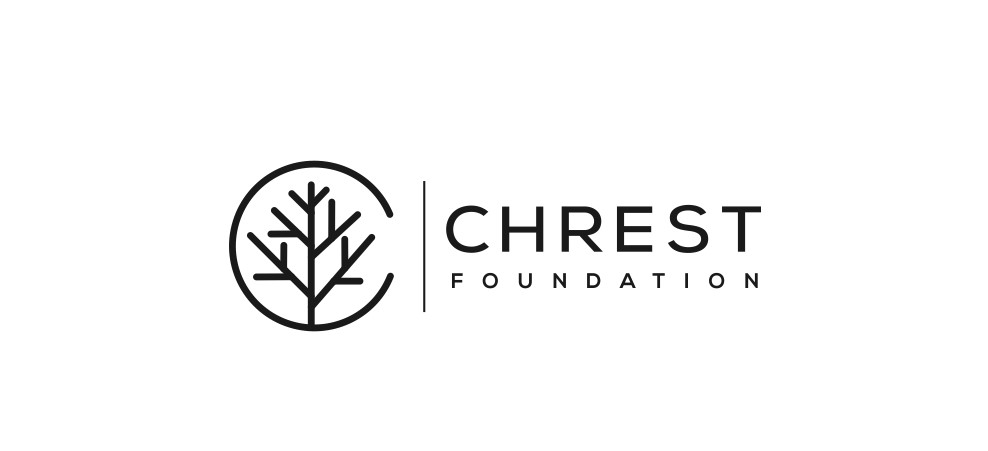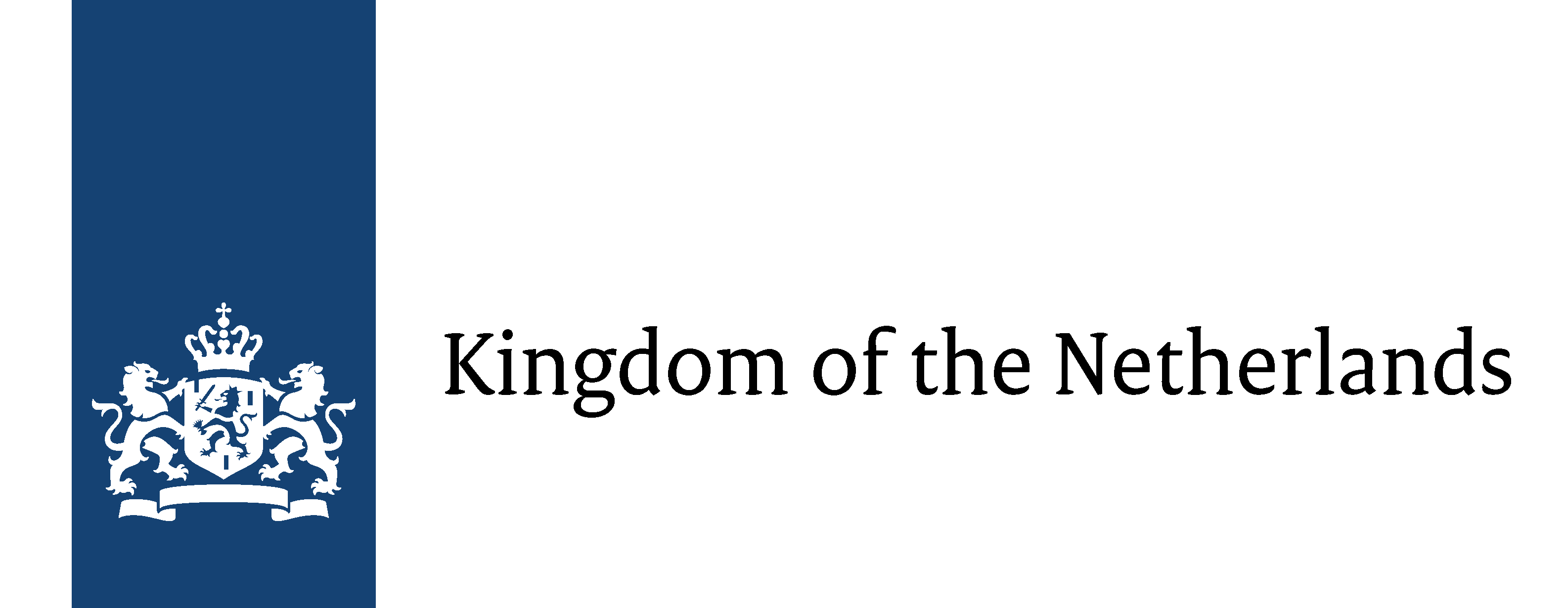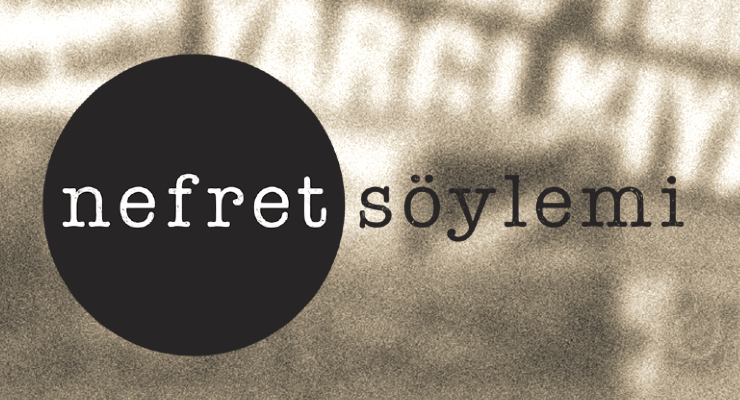The exhibition ‘Coulisse: Hagop Ayvaz, A Chronicler of Theater’ which is based on the personal theatre archive of an Istanbulite theater player and publisher Hagop Ayvaz between the years 1911 and 2006 and shed light on the theater history of Turkey within the context of collective memory, identity, and space met with the visitors at Yapı Kredi Culture, Arts and Publishing between December 2020 and July 2021.
The exhibition was prepared by the guidance of Hrant Dink Foundation with the collaboration of the Theatre Foundation of Turkey and Yapı Kredi Culture, Arts and Publishing.
The exhibition, which was open to visitors at Yapı Kredi Culture, Arts and Publishing for a long time, can now be visited virtually at the link below:
The exhibition ‘Coulisse: Hagop Ayvaz, A Chronicler of Theater’ offers a selection of photographs, magazines, manuscripts, and printed texts from the archive, divided into three main parts. The first part presents the theater production and activities in Istanbul in Armenian, in parallel to the lifetime of Hagop Ayvaz, a devotee of theater since his youth—from being a walker on to a director, from being a columnist to a publisher. The second part touches upon the impact of the ‘Kulis’ magazine within and outside of Turkey published by Ayvaz from 1946 to 1996, in line with the major artistic and political developments within this framework. The final section focuses on various artists, companies, plays, and venues which constituted the cornerstones of the theater history of the Ottoman Empire and Turkey, inviting the visitors to explore the linkage between them all so as to rediscover the history of theater in Turkey.
The catalogue which has the same name as the exhibition has also been prepared in both English and Turkish by Yapı Kredi Culture, Arts and Publishing, not only invites the visitors to the ‘coulisse’ of Hagop Ayvaz’s endeavors, but also allows the visitors to discover the theatre of history of Turkey from a pluralistic perspective. Our hope is that this exhibition will inspire new pluralistic, inclusive, and participatory theater practices in the field of culture and arts.
What is Hagop Ayvaz’s archive composed of?
 Armenian theater player, director, author and publisher, theatre lover Hagop Ayvaz’s archive encompasses a period of 150 years from the first years of theatre in the Ottoman Empire starting from mid-19th century until the beginning of 21st century. While shedding light on the history of Ottoman-Turkish theater, this archive also contributes greatly to the collective memory. The archive, donated to the Agos newspaper after Ayvaz’s death in 2006, consists of around 300 theatrical play manuscripts in Ottoman, Armenian and Turkish, more than 300 printed texts of plays in three languages, more than 500 periodicals, magazines and brochures in Armenian and Turkish, around 12,000 photographs, posters, cartoons, newspaper and magazine clips, invitations, drawings and postcards. The archive had achieved a more coherent and whole structure after the donation in 2019 to the Hrant Dink Foundation of some of Ayvaz’s personal effects, awards, a 1104-issue full collection of his culture and arts magazine ‘Kulis’ published uninterruptedly from 1946 till 1996 in Armenian. Over the years, Hrant Dink Foundation created a catalogue for the archive and digitalized it, and this online archive was opened to researchers simultaneously with the openning of the “Coulisse: Hagop Ayvaz, A Chronicler of Theater” exhibition on December 15, 2020.
Armenian theater player, director, author and publisher, theatre lover Hagop Ayvaz’s archive encompasses a period of 150 years from the first years of theatre in the Ottoman Empire starting from mid-19th century until the beginning of 21st century. While shedding light on the history of Ottoman-Turkish theater, this archive also contributes greatly to the collective memory. The archive, donated to the Agos newspaper after Ayvaz’s death in 2006, consists of around 300 theatrical play manuscripts in Ottoman, Armenian and Turkish, more than 300 printed texts of plays in three languages, more than 500 periodicals, magazines and brochures in Armenian and Turkish, around 12,000 photographs, posters, cartoons, newspaper and magazine clips, invitations, drawings and postcards. The archive had achieved a more coherent and whole structure after the donation in 2019 to the Hrant Dink Foundation of some of Ayvaz’s personal effects, awards, a 1104-issue full collection of his culture and arts magazine ‘Kulis’ published uninterruptedly from 1946 till 1996 in Armenian. Over the years, Hrant Dink Foundation created a catalogue for the archive and digitalized it, and this online archive was opened to researchers simultaneously with the openning of the “Coulisse: Hagop Ayvaz, A Chronicler of Theater” exhibition on December 15, 2020.



![]()



